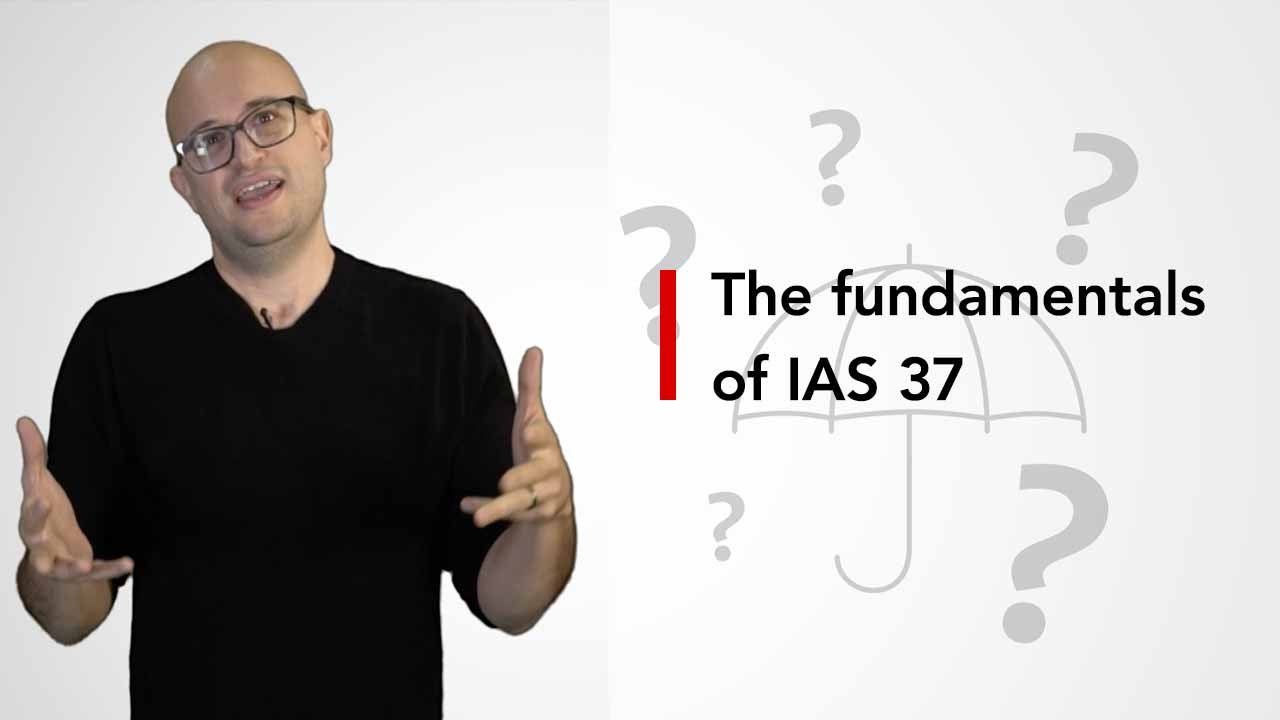
Is Chancellor Rishi Sunak holding something back for his Autumn Budget? The question has been raised following his Spring Statement, where he appeared to bank £50bn of tax revenue while resisting calls to reverse imminent National Insurance hikes and additional taxation of the oil and gas giants.
As Claire Bennison, head of ACCA UK, says: ‘Businesses, especially SMEs, are fighting an intense battle with rising energy costs, impacts on profitability from supply chain delays and uncertainties, a 30-year high inflation rate of 6.2%, alongside rising interest rates and a challenging funding landscape for SMEs. All this presents a perfect storm for the UK economy and the lower growth outlook.’
Chris Sanger, EY’s head of tax policy, says that the chancellor spent much of his speech in design mode, setting out his aspirations and announcing the publication of his 11-page Tax Plan, which includes potential costed announcements.
‘This is a positive step forward, providing a forum for engagement, and avoids the criticisms of the previous business tax roadmap, which was more of a travel journal covering the past than a vision of the future,’ Sanger says.
He adds that the chancellor not only provided some ‘jam’ in the Spring Statement, but also ‘reached out for the recipes to ensure that he can deliver cakes in the real Budget in the autumn’.
Not only was there ‘jam’ in the statement, but also recipes to ensure that cakes can be delivered in the real Budget
However, amid the headline-grabbing announcements of the chancellor’s Spring Statement, there are a few crumbs of comfort for small businesses as they continue to battle with rising fuel costs, wider inflationary pressures and a growing tax burden.
National insurance
Resisting pressure to reverse the increase in National Insurance contributions (NICs) that will kick in from 6 April 2022, the chancellor instead opted to push up the threshold above which NICs become payable by employees. From July, the Class 1 and Class 4 threshold will be fixed at £12,570, the same as the income tax basic rate threshold.
This has been touted as a £3,000 increase, but is in fact a £2,690 increase, given that the threshold is due to increase to £9,880 on 6 April in any case.
At the same time, the rate of NICs to be paid above this primary threshold will still increase by 1.25 percentage points to 13.25% up to the £50,270 upper earnings limit, beyond which the rate drops to 3.25%.
But the employer’s NIC threshold will remain at £9,100, above which businesses will need to pay 15.05% of their employees’ salary. Again, this includes the 1.25% uplift for the health and social care levy.
Christine Cairns, tax partner at PwC, says that while it might seem curious to be effectively both increasing and cutting NI at the same time, the change is clearly targeted at helping those with the lowest earnings who may already be below the income tax threshold.
‘The true impact of this cut, as well as of the future decrease of the basic tax rate, for middle income earners will need to be assessed against the impact of the freezing of the income tax bands until 2026,’ she says.
But Nigel Morris, employment tax director at MHA MacIntyre Hudson, says the chancellor’s claims of big cuts in personal taxation don’t live up to their billing.
‘The rise of the NI threshold from July to £12,570 is perhaps higher than anticipated, but a delay until July will mean the new Health and Social Care levy will bite first. Thirty-year-high inflation levels and soaring energy prices also mean raising the threshold will fail to compensate for how much people across the country are worse off than they were before this year began.’
However, for smaller businesses there was one piece of good news relating to NIC – the Employment Allowance has been increased to £5,000 a year, so small businesses that are eligible to claim this allowance will see a reduction in their NIC bill.
There was a missed opportunity to announce a fuel duty rebate to relieve pressure on businesses
The increase in the NIC threshold will also allow directors who pay themselves a higher salary but remain below the threshold to avoid employee NIC payments. With the rest of their income made up through dividend payments, they will be able to increase their salary up to the £12,570 threshold in July.
However, they should remember that the 1.25 percentage increase in tax on dividend payments will still come into force on 6 April.
For the self-employed, the threshold for Class 4 NICs – which self-employed people pay on their profits – will also increase from July 2022. Currently £9,569, it will increase to £9,880 from April 2022, and once more again in July to £12,570.
Energy
The 5p reduction in fuel duty will be welcomed by most businesses, especially those with high transport costs, or indeed those in the transport sector.
The move was welcomed by the Road Haulage Association. Executive director Rod McKenzie says: ‘Cutting fuel duty is a common-sense move and will be a boost for the economy, but more could have been done. The chancellor missed an opportunity to announce a rebate to relieve more pressure on businesses. We’ll continue to press the government hard for this measure as firms grapple with huge operating cost hikes.’
VAT
A cut in fuel duty might not seem the greenest policy decision, but there was some news on that front as VAT will be reduced to 0% on energy-efficiency products, such as solar panels and insulation. This could provide a boost to companies in this sector and installers as well as consumers, although whether or not households will have enough spare cash to embark on such projects remains to be seen.
Investment
The first indication that the chancellor is keeping some powder dry for the autumn comes alongside the announcement that the Annual Investment Allowance will remain at £1m until March 2023. The chancellor indicated that more news on the UK’s capital allowances regime can be expected in the Budget later this year.
The chancellor also said that from April 2023, all cloud computing costs associated with R&D, including storage, will qualify for relief. The government is continuing a review of R&D tax reliefs and further announcements will be made in the autumn.
While welcoming the chancellor’s pledge to review tax rates on business investment in the Autumn Budget, Praveen Gupta, national head of tax at Azets, says existing schemes such as the super-deduction regime have been underutilised. ‘We would encourage the government to extend incentives for investment in key areas such as R&D, innovation and technology sooner rather than later,’ he adds.
Business rates
The Spring Statement confirmed that the business rates multiplier in England will be frozen in 2022-23, which is in effect a tax cut for all ratepayers over the next five years. Eligible retail, hospitality and leisure businesses will also benefit from a new temporary 50% business rates relief.
And finally…
There is always a rabbit pulled out of the hat on these occasions, and the Spring Statement didn’t disappoint – the chancellor dramatically announced that the basic rate of income tax would be reduced to 19% by 2024.
Although some way off, the chancellor sought to allay fears in the charity sector that this could see a reduction in Gift Aid donations. So the chancellor has also included a three-year transition period, where charities will still receive relief at 20% even though taxpayers will have only paid 19%. As EY’s Sanger says, this is ‘not something to be overlooked’.
More information
See ACCA’s guidance of the Spring Statement



